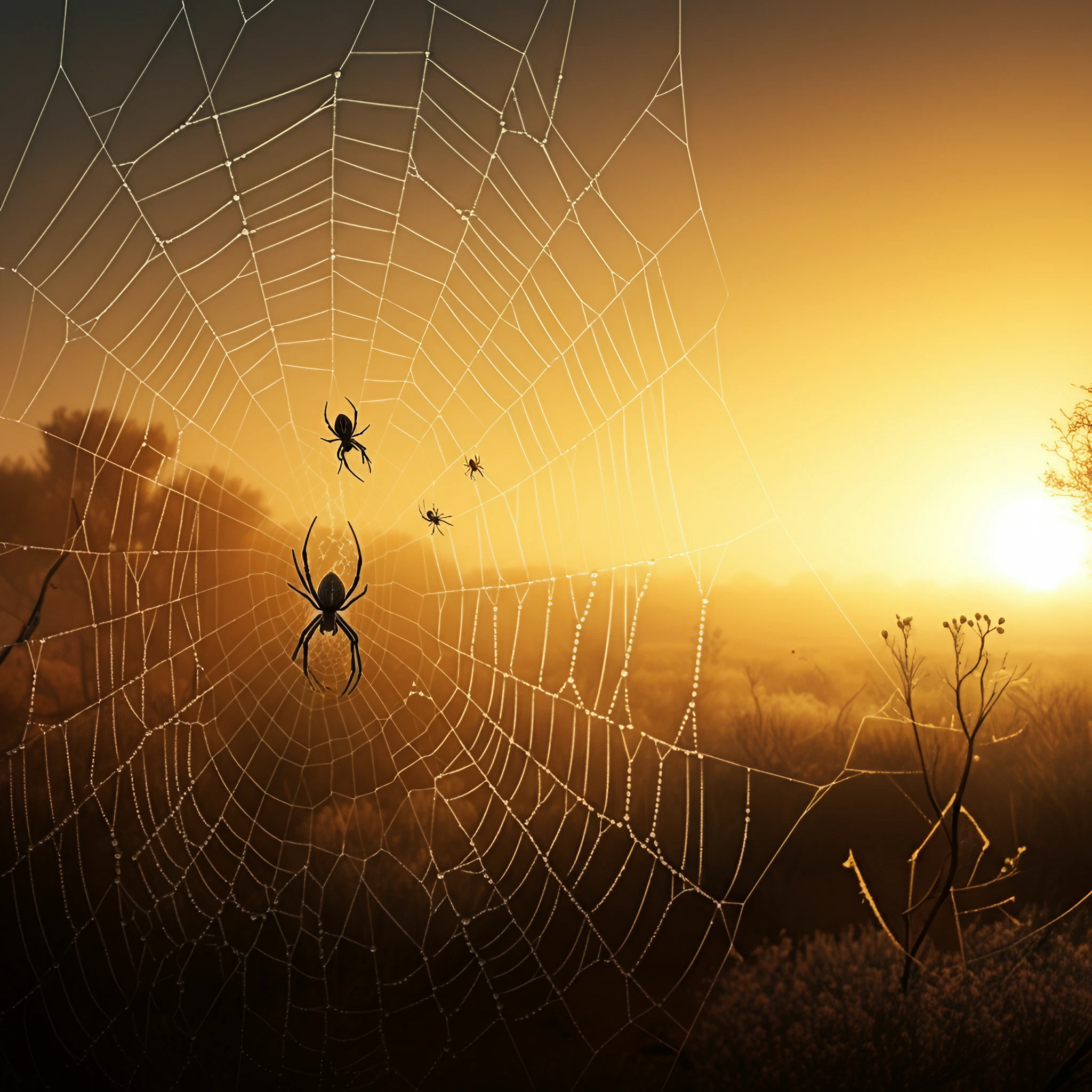Spiders are an integral part of Australia’s ecosystem, and “spider season” is something most Australians are familiar with. But when does spider season start, and what can you expect during this time? Let’s explore the details.
What is Spider Season in Australia?
Spider season in Australia typically occurs between October and May. This is the time when spiders become more visible and active, often finding their way into homes and gardens. During this period, many spider species in Australia go through their mating cycles, which means you’re likely to see more webs, spiderlings, and even adult spiders scurrying around.
Why Are Spiders More Active During Spider Season?
Several factors contribute to increased spider activity during spider season:
- Mating Season: Spiders are searching for mates, which makes them more mobile and visible.
- Warmer Weather: Spring and summer temperatures provide a favorable environment for spider development and activity.
- Food Abundance: The warmer months bring an increase in insect populations, giving spiders an ample food supply.
These conditions make spider season a busy period for arachnids, but it can also lead to unwanted encounters with humans.
Common Spiders Seen During Spider Season
Australia is home to a variety of spider species, and while some are harmless, others require caution. Here are some of the most common spiders you may encounter during the season:
1. Huntsman Spider
- Appearance: Large, long-legged, and often brown or gray.
- Habitat: Prefers sheltered spaces like tree bark, garages, or inside homes.
- Behavior: Non-aggressive and beneficial for pest control, as they eat insects.
2. Orb-Weaver Spider
- Appearance: Round-bodied, with colorful patterns.
- Habitat: Builds intricate, circular webs in gardens, forests, or near lights.
- Behavior: Harmless to humans and known for their exceptional web designs.
3. Redback Spider
- Appearance: Black body with a distinctive red stripe on the back.
- Habitat: Found in sheltered locations such as sheds, mailboxes, and outdoor furniture.
- Behavior: Venomous; caution is advised if you encounter one.
4. White-Tailed Spider
- Appearance: Long body with prominent white markings at the tail.
- Habitat: Often found in bedding or clothing.
- Behavior: Bites can cause mild reactions; avoid handling them.
5. Funnel-Web Spiders
- Appearance: Shiny black body with a robust build.
- Habitat: Lives in burrows, particularly in moist environments.
- Behavior: Known for their potent venom; immediate medical attention is necessary for bites.
Tips for Keeping Spiders Away from Your Home
To minimize spider encounters during the season, follow these practical tips:
- Seal Cracks and Gaps
Inspect your home for any cracks in doors, windows, or walls and seal them. Spiders often enter through small openings.
- Reduce Clutter
Spiders love hiding in clutter like piles of clothes, boxes, or garden debris. Declutter your home and yard to remove these hiding spots.
- Use Natural Repellents
Citrus sprays, eucalyptus oil, and vinegar can deter spiders. Place these around windows, doorways, and other entry points.
- Switch Outdoor Lighting
Use yellow lights (instead of white) outdoors, as they attract fewer insects and, in turn, fewer spiders.
- Regular Cleaning
Dusting, vacuuming, and wiping down surfaces regularly can remove spider webs and egg sacs, preventing further infestations.
- Trim Your Garden
Spiders often take refuge in overgrown plants. Keep your garden tidy to discourage them from getting too close to your home.
Why Spiders Are Beneficial
Although they may seem like unwelcome guests, many spiders play an essential role in controlling insect populations. Huntsman and orb-weaver spiders, for instance, help keep pests like flies and mosquitoes at bay.
Instead of viewing spiders as entirely negative, consider their environmental contributions. However, it’s always wise to handle encounters with caution.
Safety Advice for Dealing with Spiders
When encountering spiders, especially venomous ones, it’s important to prioritize safety:
- Avoid Handling
Never attempt to pick up a spider bare-handed. Use a jar or container to capture and release it safely outside.
- Wear Gloves
If you’re cleaning storage spaces or outdoor sheds, wear gloves to protect against bites.
- First Aid for Bites
If bitten by a venomous spider, such as a redback or funnel-web, follow these steps:
-
- Stay calm and apply a pressure immobilization bandage if possible.
- Avoid washing the bite area as venom residue can help identify the spider.
- Seek immediate medical attention by calling 000.
Final Thoughts
Spider season in Australia, running from October to May, is a natural phenomenon tied to the lifecycle and behavior of spiders. While these creatures are beneficial in many ways, it’s understandable to want to keep them out of your home. By following simple preventative measures and staying informed about spider safety, you can enjoy the season without the stress of unwanted arachnid guests.
Want to learn more about dealing with spiders or pest control? Share this article with friends, or check out our detailed guides for additional tips!
Meta Keywords for SEO Optimization: when is spider season in australia, spider season Australia, Australian spiders, spider control tips
- An image of a Huntsman spider on a wall or tree.
- Orb-weaver spider weaving an intricate web outdoors.
- Close-up of a Redback spider in a sheltered corner.
- A clean and organized home environment with text overlay: “Tips for Spider-Free Living.”
- A professional illustration showcasing Australia’s spider season timeline (October–May).








